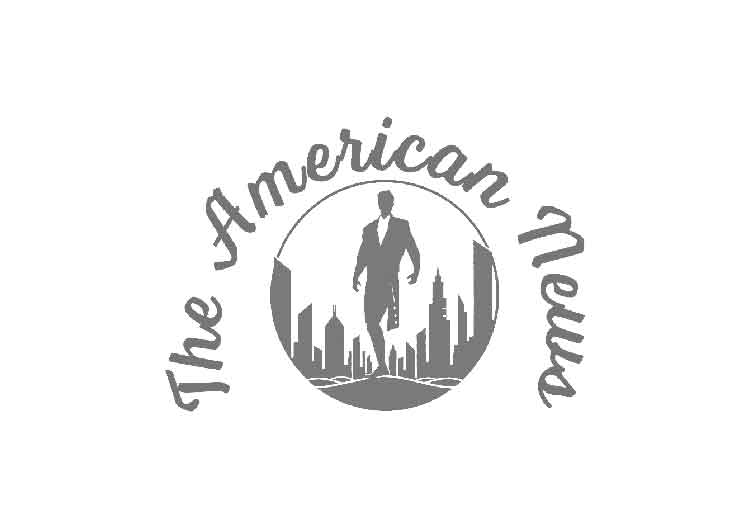A Norwegian coin dating back to the Middle Ages was found at a prehistoric archaeological site in Maine.
The small piece of silver, known as the Maine Penny, could provide proof Europeans made contact with what is now the US centuries earlier than what was initially thought.
It’s already known that maritime explorations by Norse peoples from Scandinavia – also known as Vikings – in the late 10th century led to the Norse colonization of Greenland and Newfoundland. The coin comes from the same era.
Much of the circumstances of how it was found were not well preserved, but it could be evidence that the Norsemen from Greenland traveled farther south than Newfoundland, on the eastern coast of what is now Canada.
The Maine State Museum – where the artifact is being kept – favors the view that the coin is evidence the Norse were the first outsiders to set foot on the actual North American continent, a half-millennia before Christopher Columbus was even born.
Scroll down for video:
Pictured, a 19th century depiction of Leif Erikson discovering North America. The Norseman, however, never actually set foot in what is now the US – or so it’s been believed
A small piece of silver known as the Maine Penny (seen here) could provide proof either he or other Vikings made it as far south as the northmost state in the US
‘There’s a group of people out there who are very keen on believing that the Norse explored a lot of North America,’ said Bruce Bourque, former chief archaeologist of the museum, in an interview with FOX ABC Maine a few years ago.
Hal Borns, a senior research scientist at The University of Maine, added how ‘there’s been a long, long history of Vikings or Norse people occupying easternmost Maine’ as he pondered the coin’s greater connotations.
‘Everybody’s heard about Viking explorations and people with horned helmets and running around,’ he added.
‘You know, it’s a thing that a part of history that catches people’s imagination.’
Borns, a geologist by trade, has studied Norse influence in North America for decades.
He told the station how countless people in easternmost Maine, near where the coin was found in 1957, believe it constitutes evidence there were Vikings in the state.
Borns added how the artifact is ‘integral’ to this theory – as the only known Viking site on this side of the world is a Medieval-era base camp known as L’Anse aux Meadows in Newfoundland.
The site is famed for being the base of operations of Leif Erikson, the Norse explorer commonly credited with being the first European to set foot in North America.
Bruce Bourque, former chief archaeologist of the museum, spoke about the coin – discovered off the coast of Maine in 1957 – in an interview with FOX ABC Maine
Hal Borns, a senior research scientist at The University of Maine, added how ‘there’s been a long, long history of Vikings or Norse people occupying easternmost Maine’ as he pondered the piece of silver’s greater connotations
Much of the circumstances of how it was found were not well preserved, but it could be evidence that the Norsemen from Greenland traveled farther south than initially thought
His stay, however, did not last long, and has since been subject to heavy scrutiny as theories continue to emerge about the extent of the exploration.
It’s commonly believed Erikson and Vikings who made the voyage only made it as far as Canada – but the coin’s coastal origin, a small seaside village known as Brooklin, could be evidence the Norsemen made it further south.
More information can be gleaned from the site where the penny was found, both scientists said – mentioning a place found on the southernmost peninsula of the little-known village.
It’s called the Goddard Site, and it was also home to a litany of other items that originate from a multitude of regions.
Unusual finds there over the years include worked copper and a large number of stone artifacts – as well as stone chips, knives, fire pits, and an abundance of arrowheads.
Much of the items come from hundreds of miles away, with no other artifacts of Norse origin aside from the coin ever found.
Bourque and others accept the finds as evidence of an explosion of trade contact between Native Americans over the centuries – with the coin being the most mysterious of them all.
How it came to be there could be a result of trade between the groups – evidence of which already exists.
Pictured, the coast of Maine’s Mount Desert Island, not far from the Goddard Site
For now, scientists remain stumped – leaving people like Bourque and Borns to continue their research in hopes of one day obtaining proof Vikings set foot in what is now the US. That day may never come, but researchers remain hopeful
However, repeated instances of trade would likely result in more Norse coinage being discovered at the site – and the Maine Penny is the only one.
The same would in theory be true for a Viking settlement, casting some doubt on that theory as well.
For now, scientists remain stumped – leaving people like Bourque and Borns to continue their research in hopes of one day obtaining proof Vikings set foot in what is now the US.
That day may never come, the former conceded – shortly after stepping down as the museum’s lead archeologist.
‘Real science nothing is ever solved.’
A more optimistic Borns added: ‘It’s one of the long standing mysteries – and to a scientist a mystery is a challenge. That’s what we’re doing.’
As of writing, their work remains ongoing.
Source link : http://www.bing.com/news/apiclick.aspx?ref=FexRss&aid=&tid=6734d7a9a1dc4735a6fee283971f4b72&url=https%3A%2F%2Fwww.dailymail.co.uk%2Fnews%2Farticle-14077789%2Fmaine-penny-coin-vikings-discovered-america.html&c=4301284576624113473&mkt=en-us
Author :
Publish date : 2024-11-13 02:28:00
Copyright for syndicated content belongs to the linked Source.
